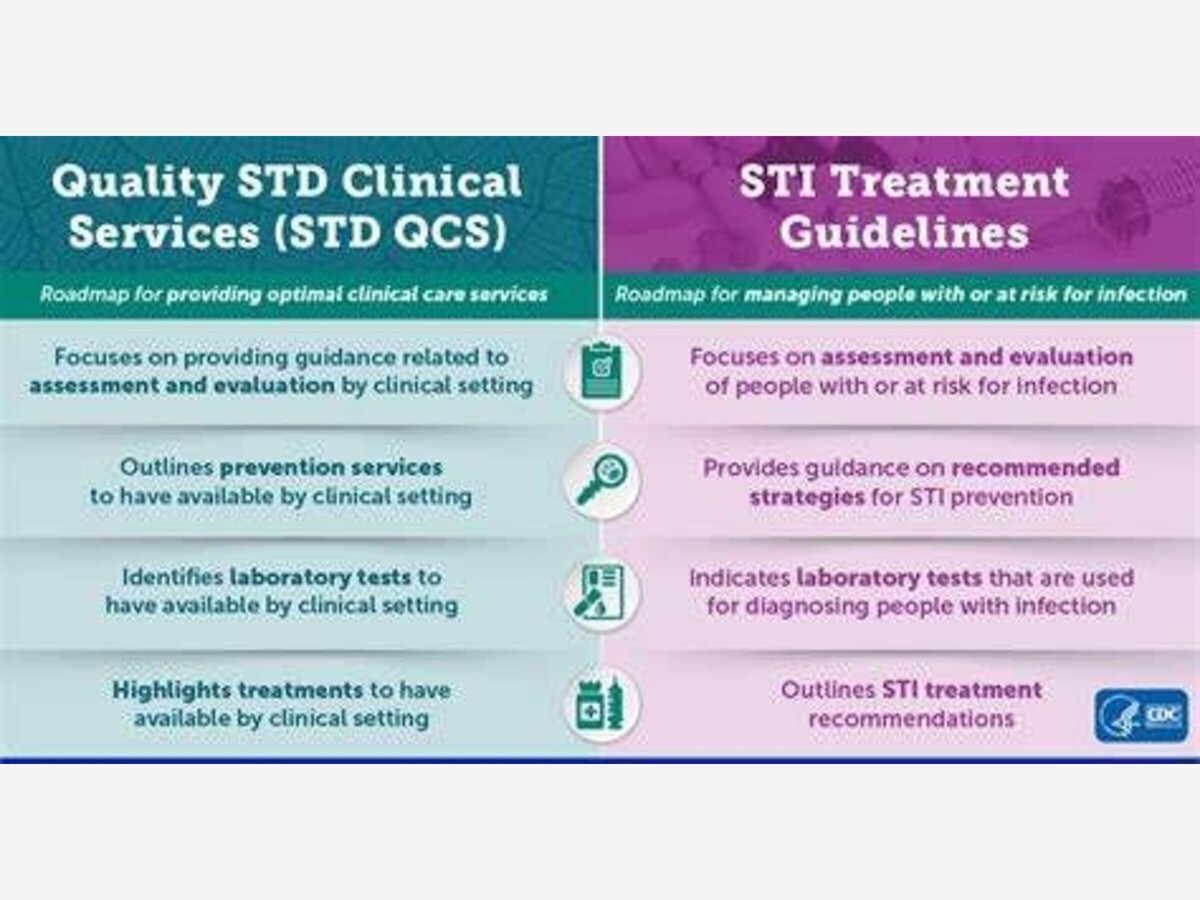Image

New Mexico ranks on the top of a score card of which it would rather not be named. The Center for Disease Control has released its latest data on STD transmission and New Mexico ranks high as an at-risk state ranking as number one in syphilis cases.
The CDC measured the instances of congenital syphilis, syphilis, chlamydia, and gonorrhea across the country in 2022, and the STIs were more common in New Mexico than they were in most other states.
Its rate of 355.3 congenital syphilis cases per 100,000 live births was the highest in the country, while it ranked second in its primary and secondary syphilis rate (36 per 100,000 people).
The chlamydia infection rate in New Mexico was also well above the national average; it had 528.6 cases per 100,000 people, ranking 13th out of 50 states.
In reporting showcased on Tech Times, UT Health Houston maternal-fetal medicine specialist Dr. Irene Stafford attributed the growth in congenital syphilis to "untested and untreated mothers," highlighting the disease's harmful effects and infectiousness to the fetus, according to US News & World Report.
Per the CDC, "yet again, more than 2.5 million cases of chlamydia, gonorrhea, and syphilis were reported in the United States".
Sexually Transmitted Infections Surveillance, 2022 provides the most current and complete data for nationally notifiable STIs for federally funded control programs. CDC’s annual report underscores that STIs must be a public health priority. In 2022, more than 2.5 million cases of syphilis, gonorrhea, and chlamydia were reported in the United States.
The most alarming concerns center around the syphilis and congenital syphilis epidemics, signalling an urgent need for swift innovation and collaboration from all STI prevention partners.
In addition to the syphilis epidemic worsening, reported gonorrhea cases declined for the first time in at least a decade while reported chlamydia cases were level. CDC will continue to examine this finding closely and look to 2023 data for better understanding but recognize this finding may be a cause for an even closer look at public health efforts and redoubled prevention strategies.
As STI services and related resources continue to rebound from the U.S. COVID-19 pandemic and mpox outbreak, we must act now to mobilize and execute a whole-of-nation approach if we hope to turn the tide.
Untreated syphilis may cause heart, brain, vision, hearing, and paralysis damage. Transmission during pregnancy may cause miscarriage, lifelong medical complications, and newborn death.
While many cases of congenital syphilis could be prevented with improved testing and treatment, experts highlight the limited access to these crucial healthcare measures. Disparities were noted in maternal syphilis rates among age groups and ethnicities, with the highest rates observed in mothers under 25.
In response to the escalating syphilis epidemic, the Biden administration initiated a federal task force in November. While the administration implemented measures such as temporarily allowing the import of an alternative syphilis medication due to a shortage of the primary treatment, concerns persist among experts about the sufficiency of these efforts.
David Harvey, Executive Director of the National Coalition of STD Directors, acknowledged the magnitude of the challenge and noted some positive signs of action.